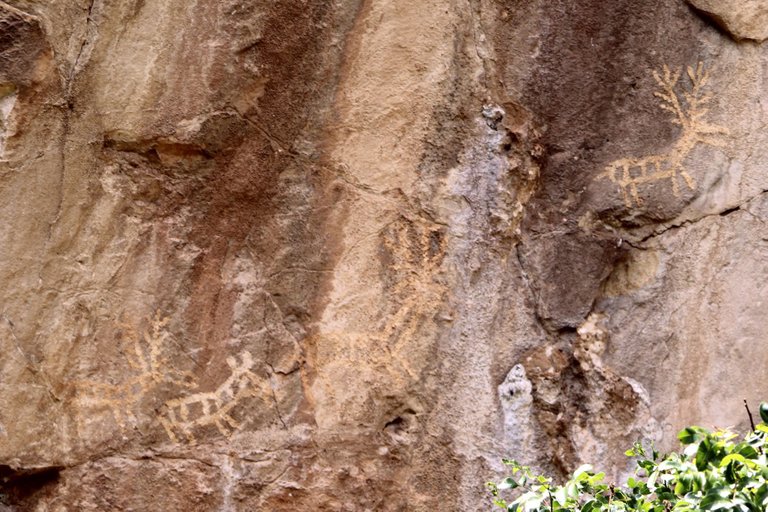

One cannot with any certainty say the exact time of city establishment. Kotor is mentioned for the first time as Acruvium in the first century A.D., although it has not been precisely determined whether Acruvium was been the name of the present-day Kotor, or rather one of the surrounding settlements.

The Town Kotor changed many rules and administrations during its vibrant history. It was ruled by the Illyrians, Romans, Byzanthians... The first Slavic tribes settled in this area in the 7th century A.D. while the first Slavic state was Doclea, followed by Zeta(ex-name for the area where is Montenegro know). Following the tumultuous period from 1797 to 1814, this area was alternately ruled by Russians, Austro-Hungarians, and Montenegrins.
After World War II, Kotor tried to continue its tradition of maritime affairs, trade and, of course, tourism. However, on 15th April 1979, there was a catastrophic earthquake which disrupted plans for the further progress of Kotor. More than 600 monuments of culture were damaged, and about 110,000 objects of movable heritage were endangered, which meant more than a third of the monument of the heritage of Montenegro.

Places like Kotor with preserved traces of past epochs are rare. Due to the unique mixture of various cultural influences, in 1979 Kotor was added to the UNESCO list of World Cultural Heritage sites. The most developed industrial branches at that time were trade and maritime affairs. In the wat, Kotor has for centuries been one of the more significant maritime and trade centres, and in recent years even a tourist one, in this part of the Adriadic Sea.




You received a 10.0% upvote since you are not yet a member of geopolis and wrote in the category of "archaeology".
To read more about us and what we do, click here.
https://steemit.com/geopolis/@geopolis/geopolis-the-community-for-global-sciences-update-4
Thank you for support!